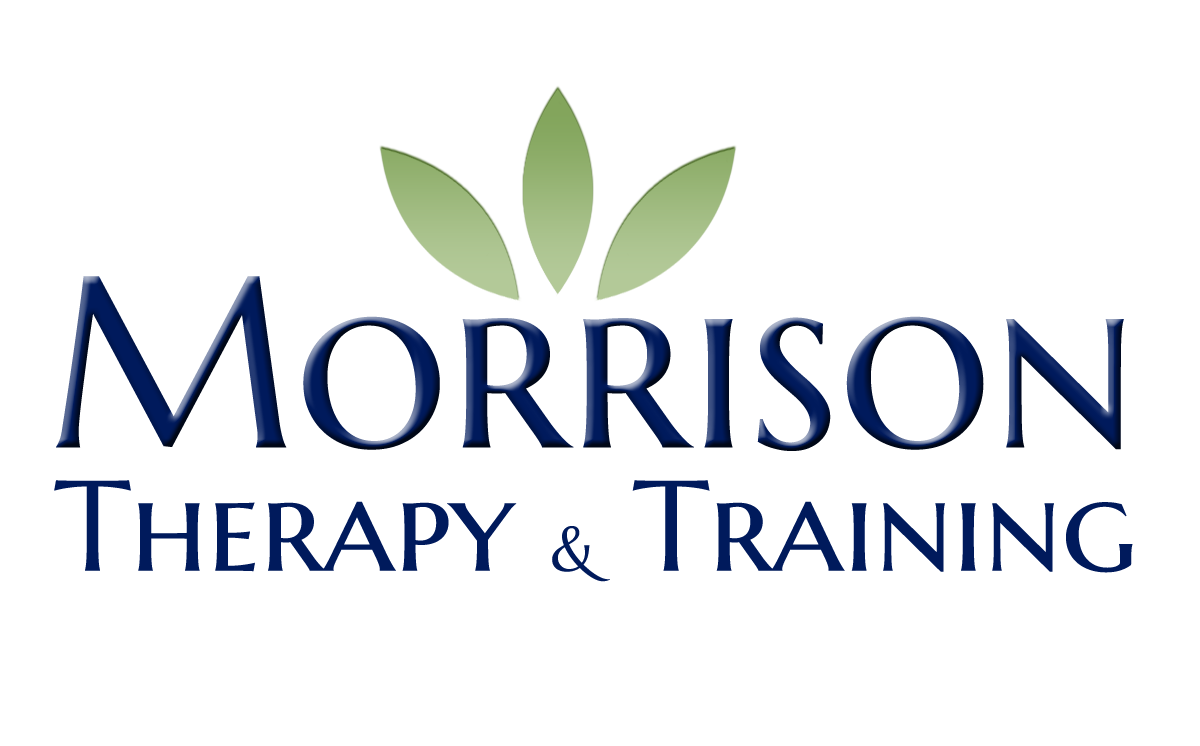
In my July newsletter I discussed the research that led to the discovery of a natural human process that became known as Focusing. The key research finding pointed to something successful clients (those who found fulfilling change) were already doing. Find out more here.
Successful clients slowed down and sensed into the felt quality of what they were trying to articulate, a process which often brought forth fresh language and expression. What were they sensing into? In Focusing we call this somatic (felt) knowing (sense): a felt sense. It is bodily felt, and it has a “knowing” that makes sense and feels right.
Neuroscience of the cerebral hemispheres suggests that whole body knowing is first felt and sensed in the right hemisphere as a vague implicit awareness. This kind of knowing is bodily felt and slow to form. As it is sensed directly and felt into, our experiencing carries over or connects with left hemisphere processing that controls symbol formation and expression (words, metaphor, gesture, images). As we find the right words to express a complex sense of a situation the experience comes into focus.
We have all had the experience of struggling to find the right words or way to express something. We stumble and grope for words. We may say something and immediately know it kind of fits but still doesn’t feel right. When the right words/expressions do come there is a bodily relief, a kind of shift in how that whole situation is for us.
Check out this brief summary from my training program of what a felt sense is and how it is so different from our usual way of experiencing.
A Felt Sense Is…
“A felt sense is a freshly forming, wholistic sense of a situation that has a ‘more than words can say’ quality to it.” (Cornell, 2013, p. 42)
“A felt sense is the right hemisphere’s take on our here and now inner experience, a subtle quality of feeling. It is holistic (raw perception, before the left hemisphere divides it into separate units), non-verbal and informed by the ongoing state of the body.” (Afford, 2014, p. 249)
Clients speaking from a felt sense:
• After a recent loss: “I feel like 100 bricks are on my chest that contains a broken heart.”
• The feeling of being stuck in life: “It’s like being in snow up to my waist.”
• Describing a part of her life that is not being taken care of: “It’s like there is a glass bubble over the part of me that is starving.”
How clients may appear when they have (are speaking from) a felt sense:
• Groping for words while becoming inarticulate saying things like, “I’m not sure how to say this.”
• Becoming quiet, looking down or away (while attending to inner experience)
• Gesturing toward the middle of their body
• Using words like “kind of” or something” or “here”
Felt senses are:
• Emergent process (in the process of becoming), and therefore experienced in the here and now
• A hard to describe emergence of “more than” can be cognitively expressed, which often need fresh metaphorical language
• About a life situation but contain more (implicitly) than has been previously known.
• Experienced in a bodily way
• An intricate whole that sums up, captures, includes, contains, all the aspects of a situation at once: a picture is worth a thousand words!
• An opening where strands can unfold bringing steps of change, and a gateway for something completely new to happen!
Felt sense take time to form, a pausing, inviting, and allowing it to emerge. When we ask inside “How was that for me?” and pause in this way, we do not discover what was already there, but rather we allow something implicit to begin to come into focus explicitly which allows it to now function in a new way.
There are many descriptions of the felt sense, here are a few of my favorites:
“Felt senses can form when we pause …when we are not feeling overwhelmed or identified with emotional states …when we let go of familiar words or concepts for a while …when we sense at the body level of awareness …when we can stand it that what we feel is vague, unclear, hard to describe, impossible to explain.” (Cornell, 2013, p. 44)
“Focusing is a mode of inward bodily attention that is not yet known to most people…. It differs from the usual attention we pay to feelings because it begins with the body and occurs in the zone between the conscious and the unconscious. Most people don’t know that a bodily sense of any topic can be invited to come in that zone, and that one can enter into such a sense. At first it is only a vague discomfort, but soon it becomes a distinct sense with which one can work, and in which one can sort out many strands … Focusing is a way to enter regularly and deliberately there where therapeutic movement arises.” (Gendlin, 1996, p. 1)
“Focusing is the process whereby the concept that fits the felt sense becomes clear. Felt sense is a more complex phenomenon than emotion. It may be the inner ‘place’ (body and right hemisphere) from where emotion seems to arise. Emotion, on the other hand, can be left hemisphere biased (such as anger), and it can involve the right hemisphere overwhelming the left with high arousal (such as anxiety, upset) that disrupts cognition – neither of which are focusing experiences. The ease with which we can ignore felt senses reflects the left hemisphere’s ability to inhibit the signals coming from the right. Focusing is a practice that aims to overcome this inhibition.” (Afford, 2014, p. 249)
References:
Afford, P. (2014) Neuroscience and Psychological Change in Focusing. In Madison, G. (Ed.), Theory and Practice of Focusing-Oriented Psychotherapy: Beyond the Talking Cure (245 – 258). London: Jessica Kingsley Publishers.
Cornell, A. W. (2013). Focusing in Clinical Practice: The Essence of Change. New York: W. W. Norton & Company.
Gendlin, E. (1996). Focusing-Oriented Psychotherapy: A Manual of the Experiential Method. New York: Guilford Publications. Print and Kindle Editions.



